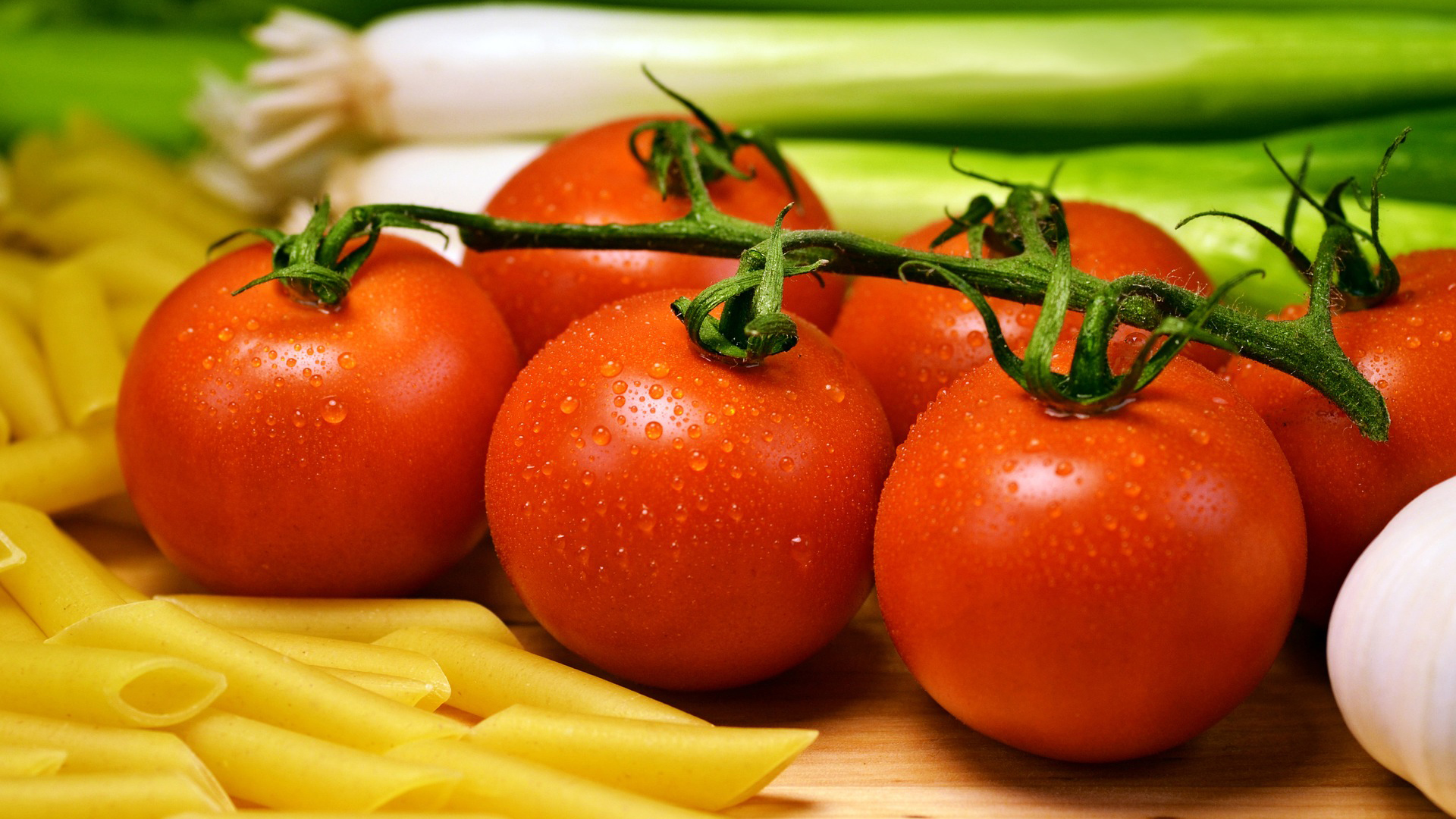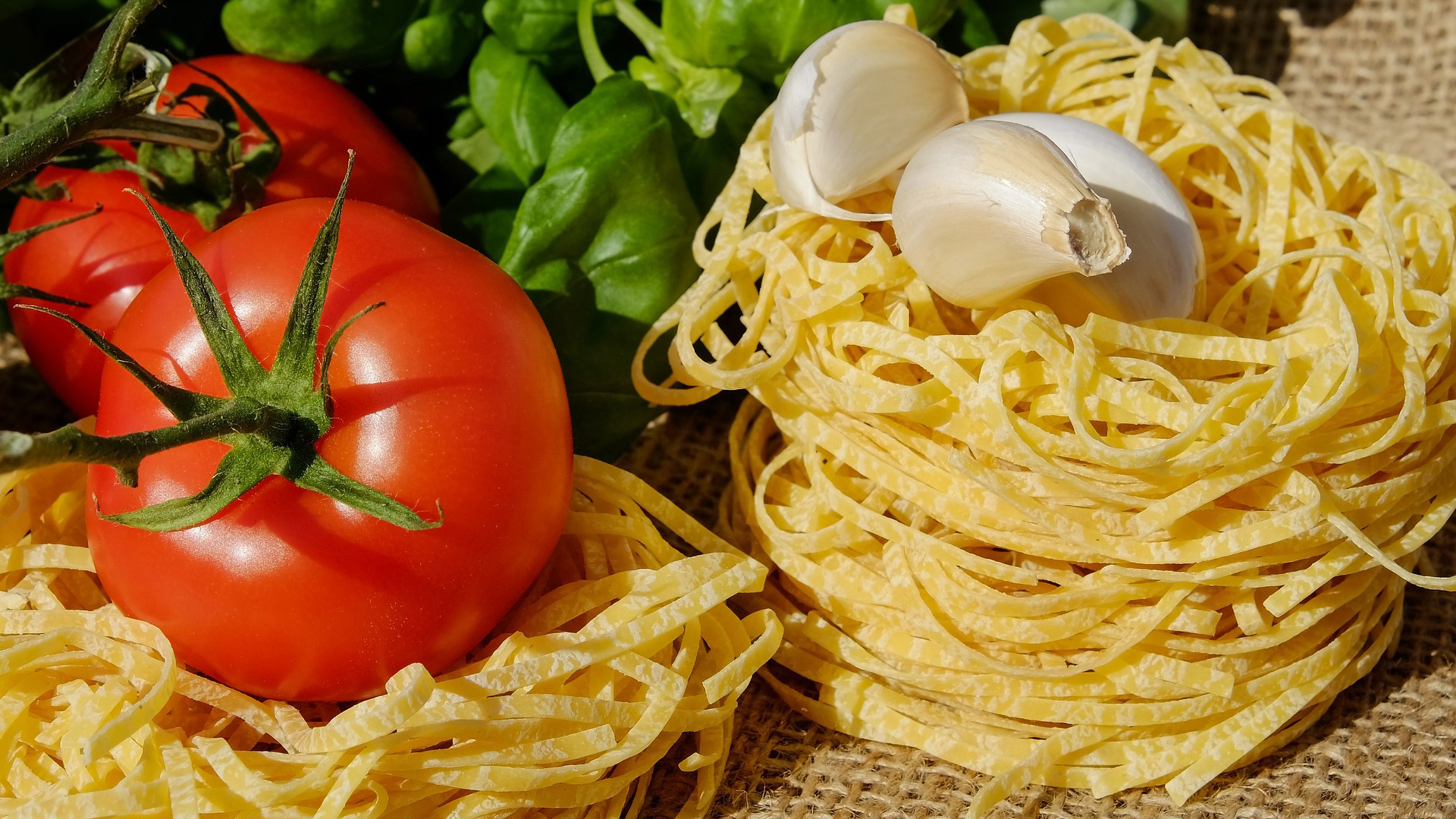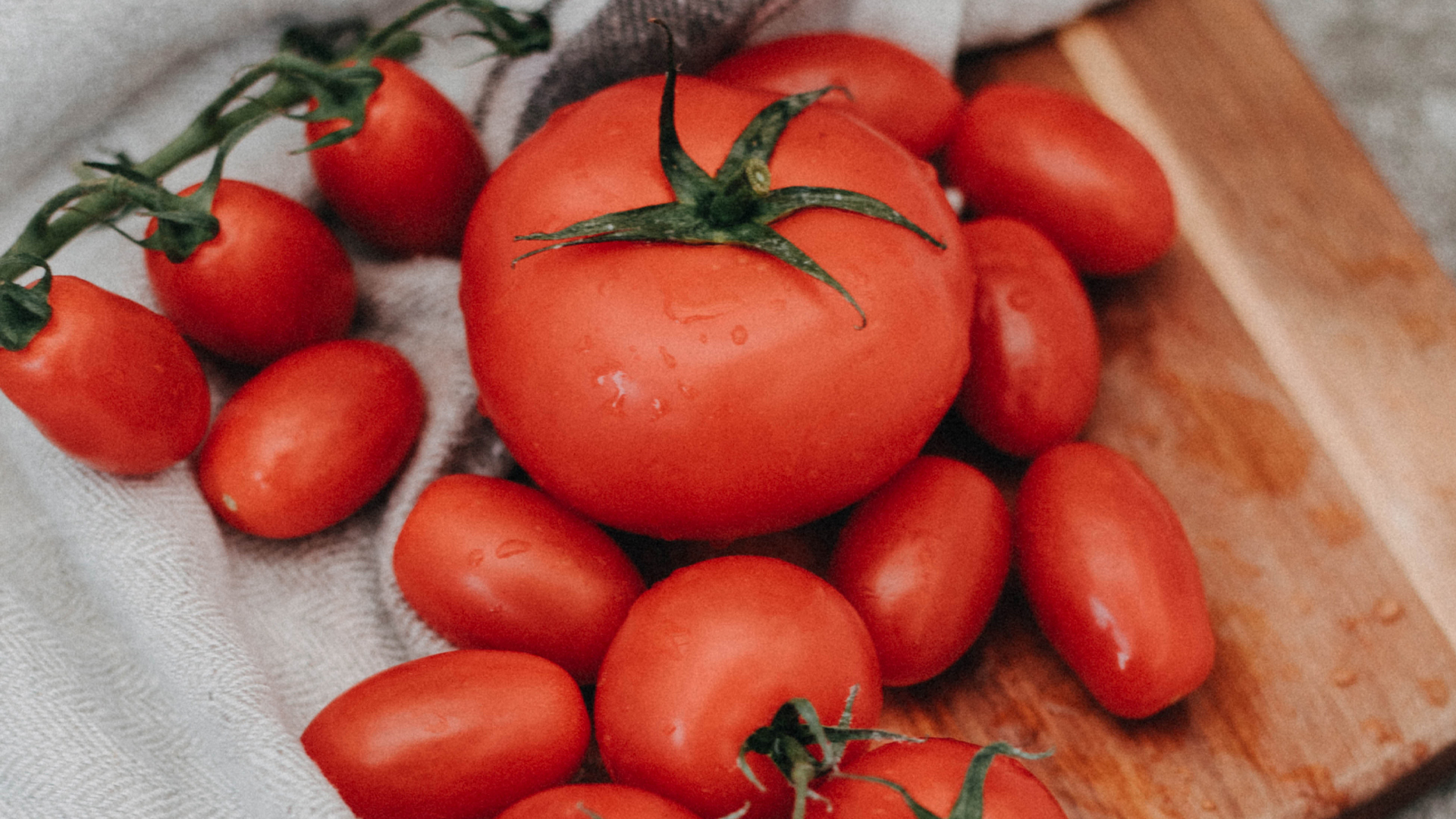As the temperatures begin to rise and summer feels like it’s around the corner, excitement starts brewing for one of Italy’s most beloved food staples to begin its growing season. Some crops are naturally linked to a geographical area. However, the physical location is not always synonymous with the long history between a fruit and a region. The perfect example of this is the tomato. It came from a distant land and the Mediterranean climate and soil became the perfect marriage for the ruby red fruit. Today, it’s hard to think of Italy and Italian cuisine without picturing juicy, savory, plump tomatoes. Although, the story of the tomato begins before it made its way to the Bel Paese.
The Story of the Tomato

Before tomatoes were imported, the Italian diet looked very similar to other Mediterranean countries. Starches like bread, pasta and polenta along with olives, and beans were all staples. Regional cuisine within Italy remained diverse with coastal areas relying heavily on fish and inland areas having livestock like pork and beef readily available. Common ingredients used throughout the boot were olive oil, garlic, onions, and pepper.
Historically, tomatoes were considered a delicacy in Latin America and used for cooking within Aztec, pre-Columbian civilizations. During the 16th century, Christopher Columbus and other explorers discovered the luscious red fruit and brought it back to Europe. North Americans and Europeans feared tomatoes contained poison - one of the reasons it did not gain popularity in Italian cuisine for another 200 years. European aristocracy believed tomatoes were a natural aphrodisiac and once this idea spread to the masses, eating the fruit became desirable and in demand.
Tomatoes in Italian Cooking

It’s theorized that during the 16th and 17th centuries under Spanish influence in Southern Italy, Italians learned how to fry tomatoes along with squash, eggplant, and onions, creating a dish that is similar to ratatouille. The tomato first appeared in a 1544 herbal guide by Pietro Andrea Mattoli. He called the tomato “pomo d’oro,” translated to the golden apple. In 1692, tomatoes were commonly grown and used throughout Naples and the rest of what is now Campania. The earliest record of a tomato based sauce is traced back to the 1694 cookbook "Lo Scalco alla Moderna” by Neapolitan chef Antonio Latini. The recipe calls for the fruit to be mixed with onions and herbs to create a sauce used for meat, particularly meats that were gamey or did not have great flavor.
With the creation of pizza in the 19th century, tomatoes found their unique place within Italian cuisine. The peasants of Naples added tomatoes to flatbread, something that resembled modern day pizza. When elite travelers from North America and Europe started embarking on the “Grand Tour” they fell in love with tomatoes and how well suited this ingredient was in each dish. Even President Thomas Jefferson was among those who flocked to Naples to taste the famous pizza with tomatoes.
Around the same time, Italians started including tomatoes in sauces and preserving them as a food staple that could be used throughout the year. The first recorded instance of tomato sauce combined with pasta was from a Neapolitan recipe from the 1800s called “pasta al pomodoro”.
The creation of Margherita pizza is when tomatoes became Italy’s global superstar. After the unification of Italy in 1889, Queen Margherita and her husband were bored of French cuisine so they decided to return to their ancestral home region of Naples. Queen Margherita called on the famous pizzaiolo, Raffaele Esposito, to make a special pizza just for her. He then created three different pizzas for her to try and the third pizza was the winner - tomato sauce, mozzarella and basil leaves. Margherita fell in love with this pizza and Esposito decided to name it after the queen. She sent a thank you note to Esposito that is still hanging on the wall of Pizzeria Brandi in Naples.
From Vine to Jar

The tomato harvest time begins in the late summer. As one of Italy’s most important products, Italians and Italian Americans take part in what is known as “pommarola”, the tradition of canning or jarring tomatoes as a way to store for winter and also to ensure that the huge amount of fresh tomatoes at harvest do not go to waste. The mid-1800s also saw the dawn of canning tomatoes when the United States saw massive immigration from Italy. Many immigrants wanted products that would remind them of home so the process and tradition of canning tomatoes was the perfect solution. This is now considered a sacred time of year for many Italian families who perform the late-summer ritual that truly captures the essence of the season, family, and generations of Italian traditions.
AJ Forrisi
Assistant Editor for America Domani, AJ Forrisi is a Brooklyn-based writer and photographer. His work focuses on food, travel, sports, landscapes, and urban scenes. You can find him on Instagram @aj.photo.works.

